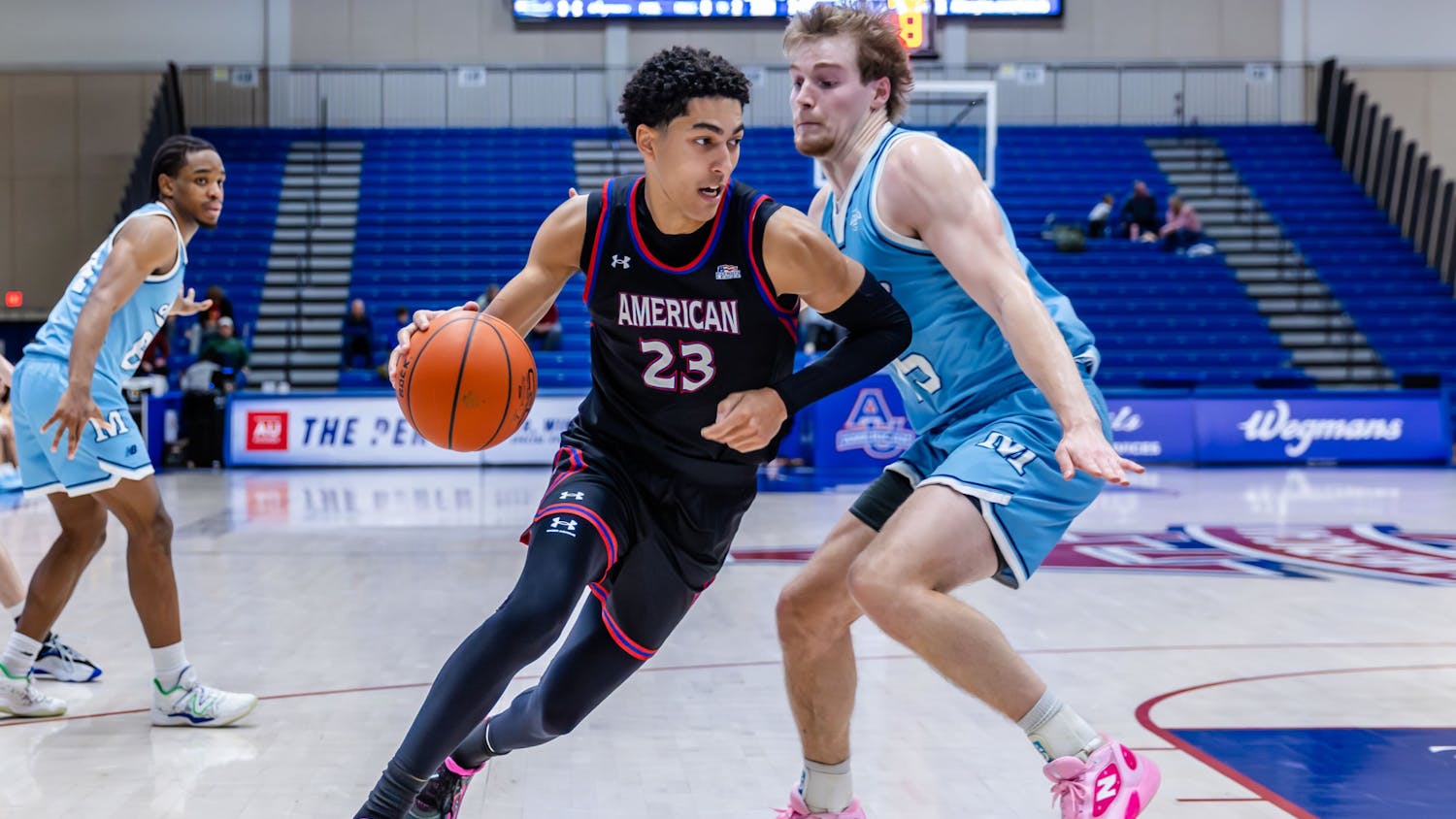Many sports fans curse professional baseball, basketball and hockey for not implementing a salarycap and allowing multi-millionaires to buy championships while ticket prices skyrocket.
Because of this anguish, some fans turn to college sports for entertainment, but poorly written NCAA scholarship-cap rules have created the same problems.
The NCAA, just like the NFL, enforces caps on how much teams are allowed to spend on player salaries, but the intentions and implications of the two are entirely different.
The NFL is the first and only professional organization to adopt the salary cap to prevent rich companies or investors with a team in a major city from monopolizing the sport by paying unequivocal funds for the best athletes.
Football was plagued by dynasties from the '70s through the '90s, with teams like the Dallas Cowboys and the San Francisco 49ers that were able to shell out far beyond what the competition could afford.
The salary cap became essential when instituted salary minimums kept rising, leaving struggling teams to only afford rookies. The cap has put a yearly adjustable limit on the total amount every team can spend for player salaries; in 2003 the amount is roughly $75 million.
The NFL rules, filled with good intentions, have made the sport more exciting to the point where there is not an over dominating team winning year after year. In fact, the Denver Broncos are the only team to win two Super Bowls in a row since the salary cap rules were put into effect almost 10 years ago.
It is understandable why the NCAA might want to follow the NFL principles: to limit the amount a Division I college can spend on athletic scholarships.
In principle, this would prevent schools who could afford to give more scholarships then other universities from becoming too powerful, or giving all scholarship funds to athletes in a single sport.
This limit has done the exact opposite. It has created unbeatable powerhouses and deprived sports like field hockey, gymnastics and volleyball from acquiring and retaining athletes.
The rules work on a head count method, not based on the dollar amount. For instance, if a sport is limited to 10 full scholarships, the school can split the scholarships to more than 10 athletes.
The following are sample scholarship numbers allocated to a sport: Men's Soccer 9.9 to 11, Tennis 4.5 to 6, Volleyball 4.5 to 6 and Wrestling 9.9 to 10.
By looking at these numbers, the proportion of scholarships going to each sport is different depending on some mysterious factor. This allows schools to give more scholarships to big-money sports like football by paying for each starter's tuition, but smaller sports are not even allowed to award the amount of scholarships needed to put a starting roster together.
This simple fact makes it tougher for athletes to receive scholarships in smaller sports and limits the student-athlete's possibilities. This rule neglects to make a minimum scholarship amount for schools to abide by for every team.
If a school with a small budget wants to cut scholarships from a sport like gymnastics to pay for more football scholarships, there is nothing standing in its way from killing the program.
The head count method is not practical because every school's tuition is different. For instance, the amount you would pay to go to a school like AU is a lot different than the amount a student would pay for an in-state tuition like the University of Maryland-College Park.
State schools, compared to private universities, have a huge comparative advantage when it comes to recruiting power. A partial scholarship at a state school could mean only paying $3,000 for school, whereas the same head count scholarship at a school like AU would leave a burden of $18,000 on the athlete.
Salariy caps in professional sports are entirely essential to keeping an even playing field and keeping the sport interesting. In college sports all they do is give advantages to groups that will only abuse them.




